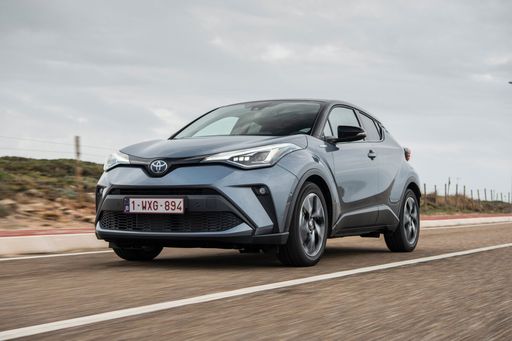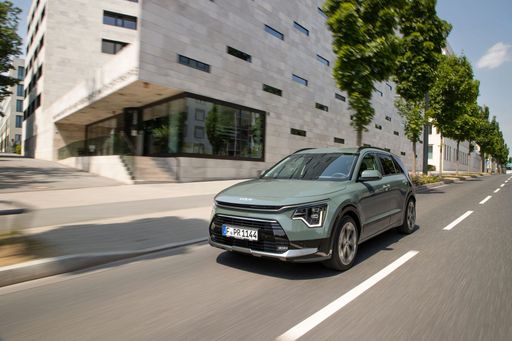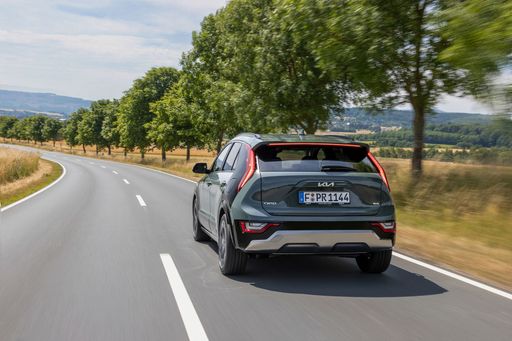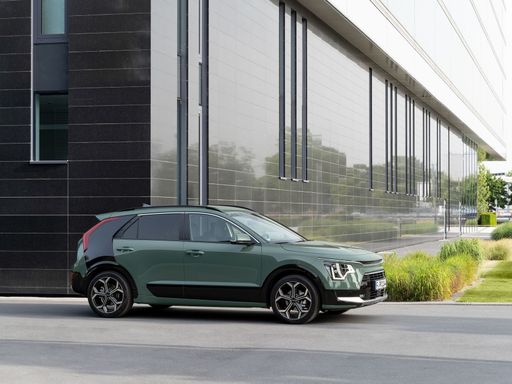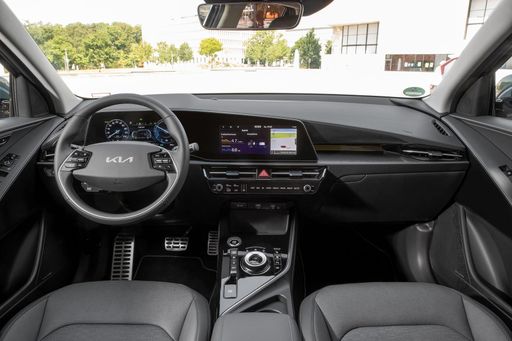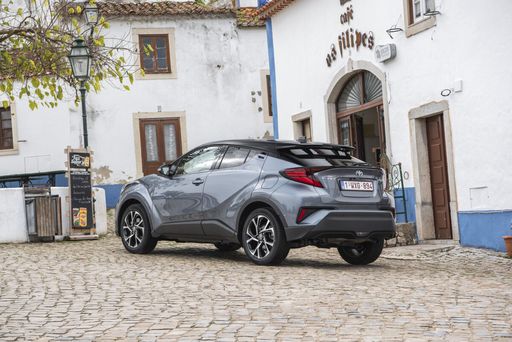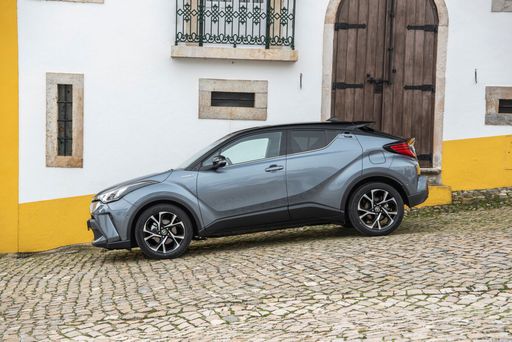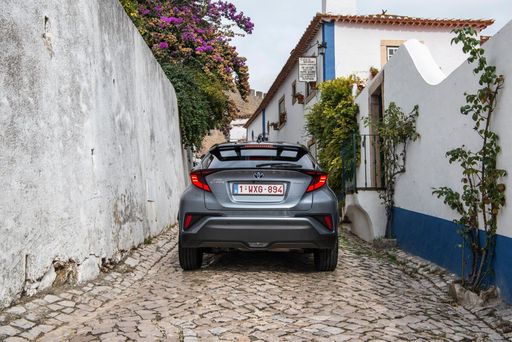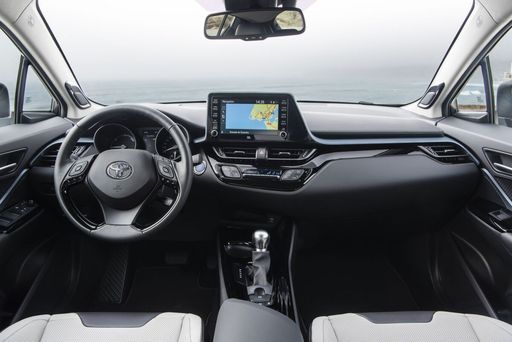The Compact SUV Battle: Kia Niro vs. Toyota C-HR
In the crowded SUV market, the Kia Niro and Toyota C-HR stand out with their mix of innovation and efficiency. Both are compact SUVs, appealing to eco-conscious drivers with their hybrid offerings. As we delve into the details, let's see how these two contenders match up in terms of performance, economy, and innovation.

